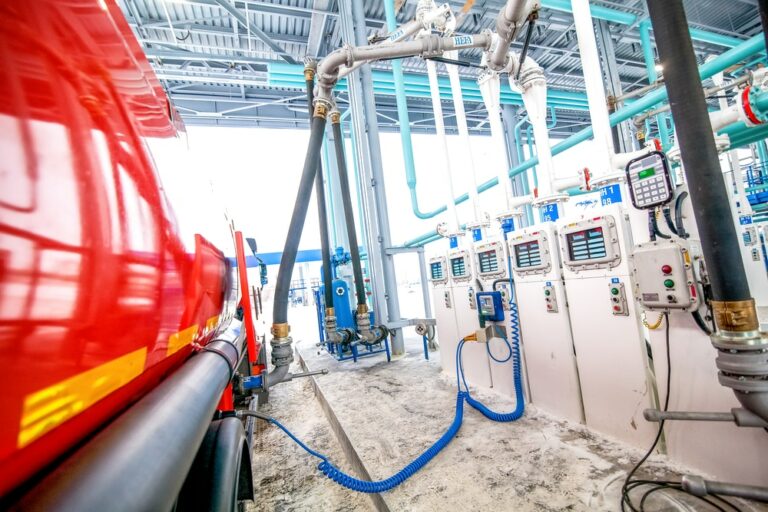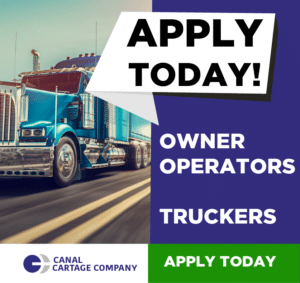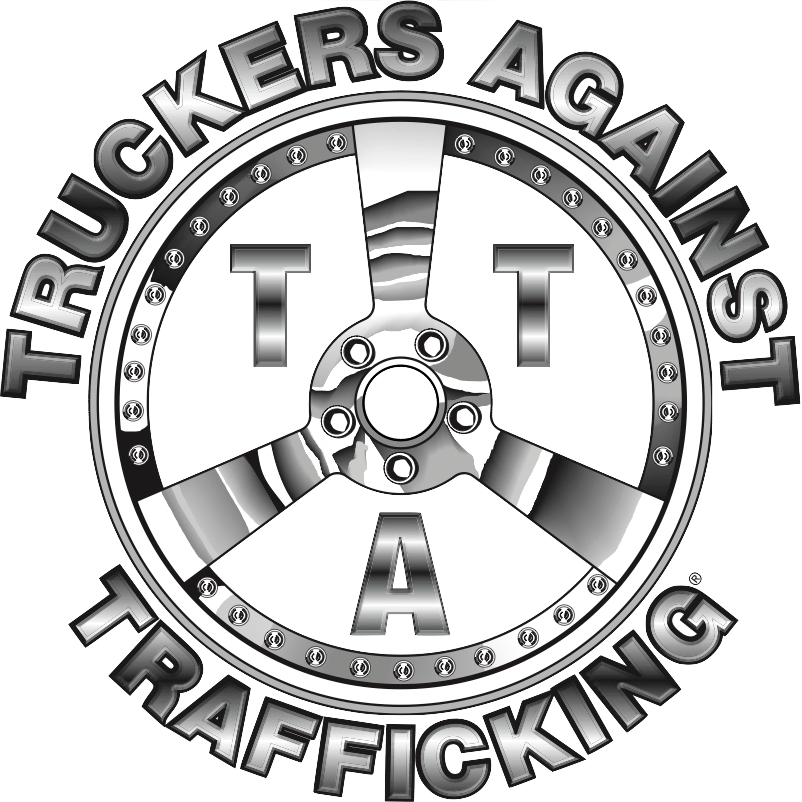The U.S. DOT has started a series of webinars and provided some new data and information resources to help improve the productivity of the trucking industry and make it more sustainable It is the continuation of a plan to ensure that trucking (an industry essential to economic growth) evolves and utilizes new technology to address environmental and operational sustainability.
On Wednesday September 15, 2020 there was an important webinar called “Truck Freight Sustainability Initiatives” that helped to outline how the DOT plans to lead the trucking industry in technological transformation. A look at some of the key points from the webinar will clarify where the trucking industry is headed, as the United States moves to reduce carbon emissions, without compromising our essential service industry.
Emerging Trends on Improving Energy Efficiency and Reducing Emissions in Truck Operations
The keynote speaker addressing the plan to reduce emissions was Alicia Birky, from the National Renewable Energy Laboratory. The NREL is America’s primary laboratory for the testing and research of renewable energy and efficiency. It also sponsors the development of important technology and innovations that will help integrate renewable energy into every major industrial sector in the United States.
If you are thinking that the burden of making this transformation will be on owner-operators, it is not planned that way. In fact, there are several areas where the NREL is impacting suppliers to the trucking industry, to improve technology and sustainability. This includes the oil and gas industry, and heavy truck manufacturers and designers.
Some of the proposed developments to make trucking more sustainable included:
- The use of alternative lower emission fuels
- More efficient truck aerodynamic designs to improve fuel efficiency
- Improvement to heavy truck engine designs and energy combustion technologies to improve mileage and reduce emissions
The webinar discussed how the NREL is working closely with fuel and truck equipment manufacturers to be the first phase of the transformation of the American trucking industry. It also provided a list of organizations (public and private) that are tackling the initiatives. The goal is to create the transformation in equipment and fuel before regulating lower emissions further. An approach that will give carriers, fleets, and owner-operators the resources they need to make the change before regulations take effect in the future.
Sustainable Trucking Through More Efficient Operational Practices
The keynote speaker in the plan to improve the way trucking companies and owner-operators manage their day to day operations, was Mike Roeth, from the North American Council for Freight Efficiency. This part of the webinar talked about changes that fleets, carriers and owner-operators can make right now (with existing technology and infrastructure) to decrease waste and improve overall environmental and economic sustainability.
The North American Council for Freight Efficiency discussed the method of two-truck platooning. Some fleets have reported a 3% to 5% improvement in fuel economy utilizing the platooning method. It is an emerging technology that many carriers may start adopting soon, as it can substantially decrease fuel expenses.
Platooning involves vehicle-to-vehicle communications, where tractor-trailers are tethered electronically in a convoy during highway travel. The artificial intelligence (AI) software determines a safe but minimal distance between the two trucks and maintains an identical speed between both tractors. This reduces the aerodynamic drag of both vehicles, reducing fuel consumption.
Long-haul drivers already do this manually, with the permission of another driver. When on an open highway with low traffic, you may see trucks following closely behind each other. With the new tethering technology, it would be safer. But it is a conventional tactic used by many professional truckers, whether they are traveling as part of a known convoy, or in cooperation with another driver heading in the same direction. A sustainable practice already in use.
Both trucks benefit from the fuel efficiency of platooning. And new regulations may follow for fleets or multiple truck convoys to and from the same destinations. In fact, there have been discussions about dedicated lanes on highways for platooning commercial trucks. But it was just one of many suggestions that can be implemented now by carriers and owner-operators to reduce expenses and improve fuel efficiency, while also reducing carbon emissions.
Improving Truck Sustainability Through Building More Fuel-Efficient Trucks
The keynote speaker for this exciting part of the “Truck Freight Sustainability Initiatives” webinar was Steve Ciatti, from the PACCAR Technical Center. If you love trucking technology and want to see where the future of heavy truck designs is headed, you will want to visit their website.
PACCAR Technical Centers are located in Europe and in North America. They are a state-of-the-art product development and experts in vehicle and powertrain development. They use 3-D prototype machines to accelerate the innovative design process for heavy truck engines and powertrains. They also have hydraulic road simulators that can replicate millions of traveled road miles in vehicle testing in weeks, instead of years. The technology is mind blowing.
While their concept vehicles and engines are traveling in the simulators, computer simulations test a variety of different conditions to analyze engine and vehicle control system performance. That includes different terrains, temperatures, and road conditions as well. They are currently focused on improving performance and fuel efficiency for Kenworth, Peterbilt, and DAF trucks.
The transcript for the webinar (at the time of writing) was not available on the U.S. Department of Transportation Federal Highway Administration website. But it will be uploaded to the webinar directory and resource page shortly.
When you consider the measures that every industry will be taking to reach zero emissions, or as close as possible to that level of commercial sustainability, it makes us feel glad that the DOT is already planning for the transition.
It may take years still to implement some of the technology that is being tested right now, but one thing is clear; the trucking industry will evolve. And the DOT has a path to help make that evolution as painless as possible while protecting the trucking industry as a vital service to the growing American economy.



